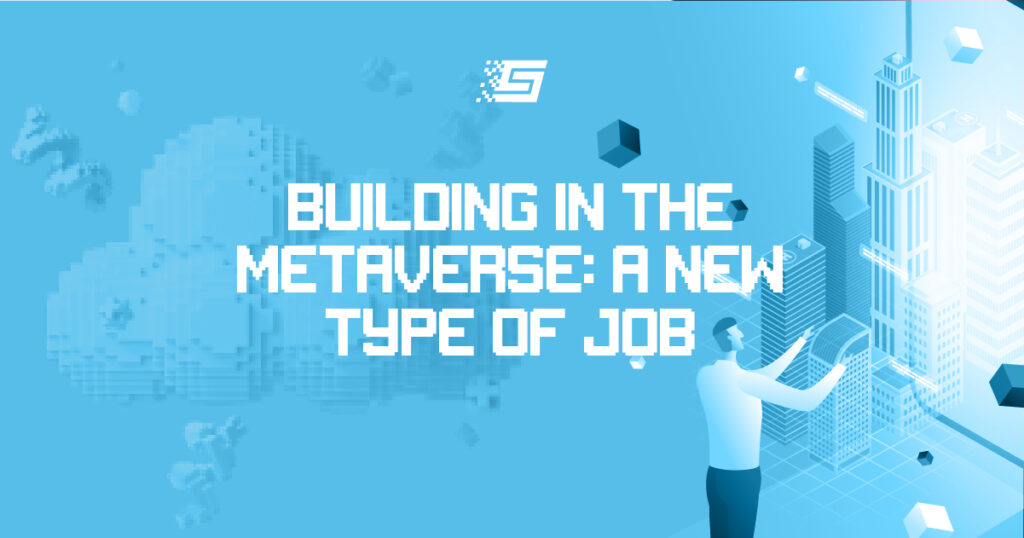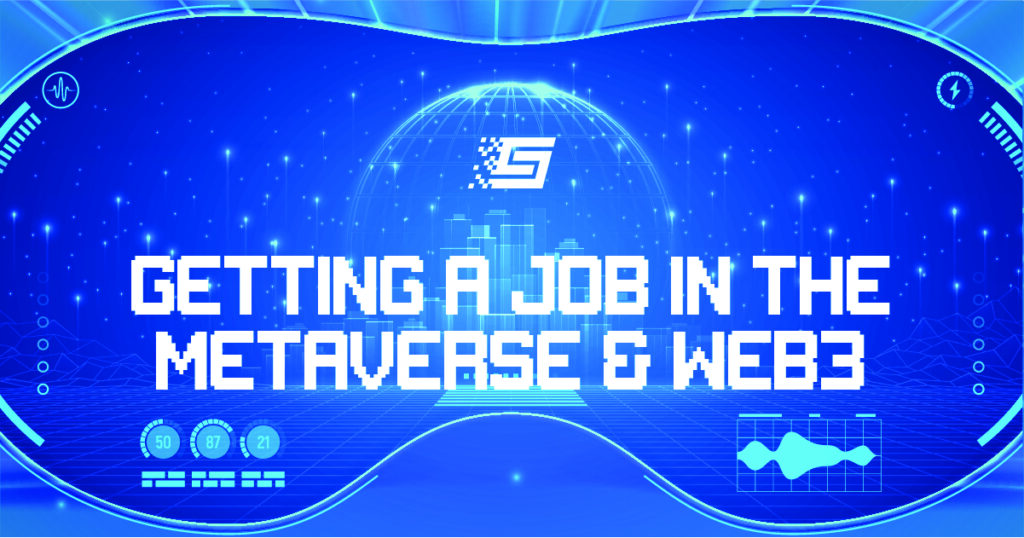What Is A Virtual Concert
Virtual concerts took off in 2020 for obvious reasons. Online platforms and live-streaming tools enabled in-person events to take place in the wake of COVID-19. Celebrities and brands alike utilized this new way of reaching their target audience digitally with great success.
The concert industry hoped that the summer of 2021 would see live music rebound. Some festivals made live, in-person events possible by implementing the standard safety protocols. These included wearing masks, social distancing, or providing proof of vaccine or a negative COVID test.
It’s clear that people had become hungry for the return of these experiences. Lollapalooza ran an in-person festival at the beginning of August after going virtual in 2020, and fans showed up in droves. Requirements for entry included presenting a vaccine card or negative test. With around 100K people in attendance, it represents one of the largest events since COVID began.
Despite that success, in-person events are not quite back to their regular best. New concerns about outbreaks of the virus and outdoor transmission have been linked to music festivals. Artists canceling tours and concerts became a common occurrence. Many festivals in areas with high rates of infection were postponed or canceled. The news certainly cast doubt over the industry’s recovery and how best to proceed. But obviously, that doesn’t mean the end for all of the music world.
The trend of virtual concerts continuously grows as millions of fans turn to watching some of the best artists in digital spaces like metaverses. Gaming platforms such as Fortnite, Minecraft, and Roblox found ways of adapting to the restrictions caused by the pandemic, keeping music performances alive by teaming up with famous musicians and bands for virtual events. A recent report shows that almost half of all 13-39-year-olds already attended live-streamed online concerts.
With in-person events sure to make a full comeback at some point in the future, virtual concerts can certainly provide a lasting alternative. Here, we want to highlight some examples of platforms, brands, and artists recently entering the space.
Fortnite’s Big Move Into Hosting Virtual Concerts
In 2020, Fortnite hosted the Ariana Grande Rift Tour. Travis Scott and Marshmello also had considerable success on the platform, which now hosts artists as avatars for gamers and fans of the artists. Twelve million people attended Scott’s live performance, setting a new record for metaverse concerts.
Tapping another of Gen Z and Millennials’ favorite stars in August 2020, Fortnite’s five-show event featuring Ariana Grande became another landmark success story for the platform. The trailer for the event accumulated over 4 million views in a short space of time, with the full event video quickly reaching 1 million views.
Billboard reported that Grande’s songs saw streaming spikes long after the concert took place. Grande got her own “skin” that users of the platform could purchase and wear as part of Fortnite’s Icon Series. LeBron James and Tyler “Ninja” Blevins had also utilized this merchandising opportunity previously.
Meanwhile, users subscribing to the Fortnite Crew subscription received exclusive bonuses for attending. Concerts such as these transformed music marketing as the world adapted to living through the pandemic. With headliners like Grande, virtual concerts will likely not go away anytime soon.
Pokémon’s 25th Anniversary Featuring Post Malone
Fortnite isn’t the only gaming platform making waves in the space. To mark their 25th anniversary, Pokémon released special Blue and Red EPs featuring songs from Cyn & Zhu, J Balvin, and Vince Staples, among others.
Perhaps one of the biggest headliners for the anniversary was Post Malone. He starred in a free concert on the event’s office site and also on YouTube and Twitch. The teaser trailer on YouTube depicted him as a very Pixar-ish, animated version of himself.
The full concert, currently at more than three million views on YouTube, featured the Post Malone avatar transforming into various settings within the video game, performing among beloved Pokémon characters such as Charzard, Squirtle, and the popular character, Pikachu.
The company also announced P25, which was a series of musical events with Katy Perry headlining. This included a performance of “Electric”, a song that she wrote especially for the anniversary.
Spotify’s Virtual Concert Experience
Around 50% of 13-39-year-olds recently said they regularly use Spotify, according to one report, with 30% saying it’s their favorite platform for listening to music. So, the platform naturally tried to revive the live-music scene and engage with concert-goers who couldn’t attend music events in the past couple of years.
The platform launched a new feature last year designed to provide a live-show experience remotely, beginning a virtual concert series. These pre-recorded shows included performances from Rag’n’Bone Man, The Black Keys, Jack Antonoff, Leon Bridges, and Girl in Red.
The artists could put their own creative spin on where they chose to perform within the space. The Black Keys kept it classic, playing at a traditional music venue. Jack Antonoff performed with his band BLEACHERS in a bus traveling from Brooklyn to Asbury Park, New Jersey, which just so happens to be Bruce Springsteen’s old stomping ground. The shows ran between 40-75 minutes, costing just $15 for Spotify users.
Fans got an “intimate” music-listening experience with a twist. Data collected afterward showed a six-point jump in the interest for at-home entertainment post-COVID. It’s clear that live-streamed music experiences similar to the ones Spotify hosted will have a life in the future.
Sprite’s Live From The Label
Food and beverage brands took a piece of the live music action as well. In the summer of 2021, Coca-Cola’s Sprite hosted their own live-streamed concert series, “Live From The Label”, an extension of their “Thirst for Yours” platform, to celebrate their 35-year connection to hip-hop culture.
The QR codes on special 20-ounce bottles unlocked access to virtual concerts with replays and also merchandise giveaways. The “Stage 1” bottle represented a ticket to a virtual concert featuring Latto. “Stage 2” featured Saweetie, and the following concert featured “What’s Poppin” rapper Jack Harlow.
Opening acts for headliners were picked from a shortlist on the Sprite Way platform. The concerts were promoted with a “robust” social media program, along with outdoor, streaming audio, retail, and local radio elements.
Since 2020, food and beverage brands have been coming up with unique ways of connecting with fans. Things such as making merchandise and getting into the virtual concert space are yet more ways these companies continue to stay relevant with a younger customer base.


